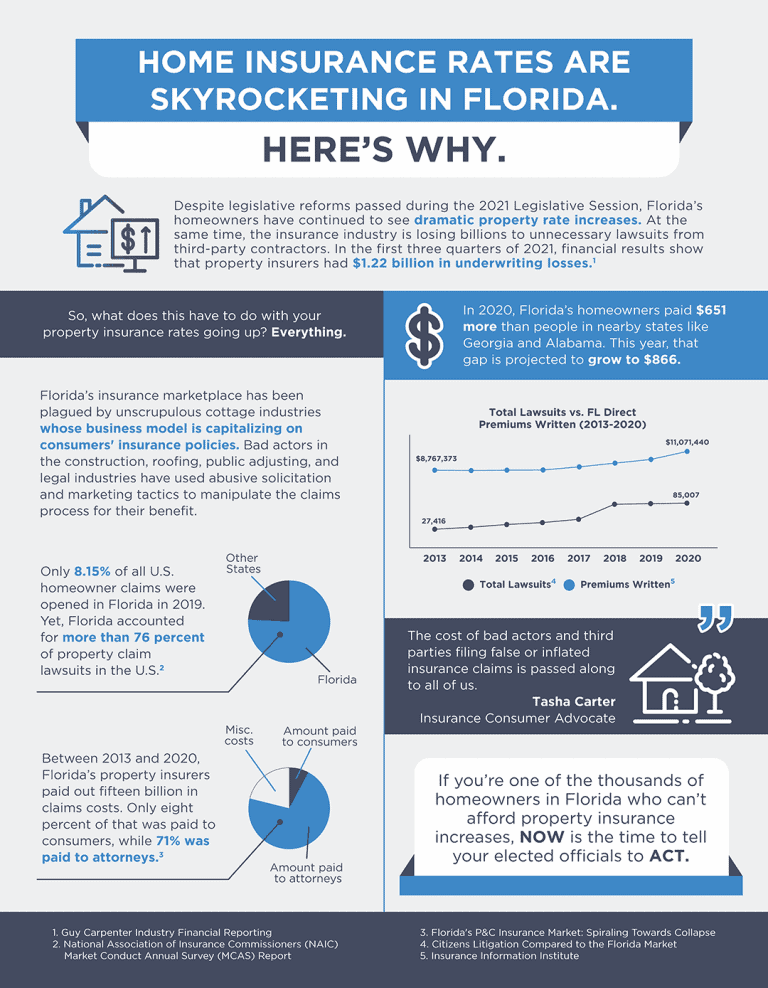Time to Do Your Own Home Inspection: Roof, Plumbing, A/C & Electrical
As we prepare to fall back on the clock and gain that all important hour, use this time to perform your own home inspection. Keep your house in good condition and avoid the trauma of an unexpected loss. This reminder to maintain your home may not only save lives but may prevent or limit potential financial loss.
A home inspection should focus on the roof, plumbing, air conditioning, electrical panel and outlets.
Inspect exterior and interior paint and caulking as well. These are the systems of the home which are most commonly linked to claims. The electrical system can lead to fire or smoke. The roof, air conditioning, plumbing and paint can lead to water loss. Water is responsible for most claims submitted and is a peril which must be closely scrutinized.
First, it is important to know what you are looking for when performing a home inspection. Hire a roofer to inspect once a year. It takes knowledge to spot signs of wear and decay in its earliest appearance. It is a good practice to use the same trusted and skilled roofer annually, so if a problem does occur there is someone you can call who knows your roof.
The same principle applies to the air conditioning, as this is a complex electrical device which runs continuously.
A skilled and trusted technician should maintain the operational integrity of your unit by visually inspecting the handler and compressor, as well as checking the Freon levels and pressure. They should clear the condensation drain line of any obstructions by use of compressed air and algaecide tablets utilized to keep fungi from growing that could eventually block the pipe, causing water back-up into the house. Also, prevent the foul odor of burning dust from the heater this winter by cleaning the coils.
Get your flashlight and check the pipes under the sinks to look for signs of water damage or dry rot.
This would be a telltale sign of a leaking pipe or fitting. Check out the water cutoff valves at each sink and toilet. Verify they turn easily or if they need lubrication. Inspect the outside faucets and check for dripping. Inspect the flapper on the inside of the toilet. Ensure the flapper seats properly to avoid continuous running or water overflow. Check around the hot water heater for signs of leaking or corrosion. Examine the washing machine hose for signs of leakage or wear, and replace it if it is older than five years with a new steel braided hose.
Make sure the electrical panel has no open slots or double tapped wires. These are known fire hazards.
Inspect your exterior paint and caulking around the windows and doors. This seals the house from water intrusion. Your home is your castle. It requires care since wind, rain and temperature fluctuations can serve to wear and degrade the systems which keep you and your belongings dry, safe and secure.








